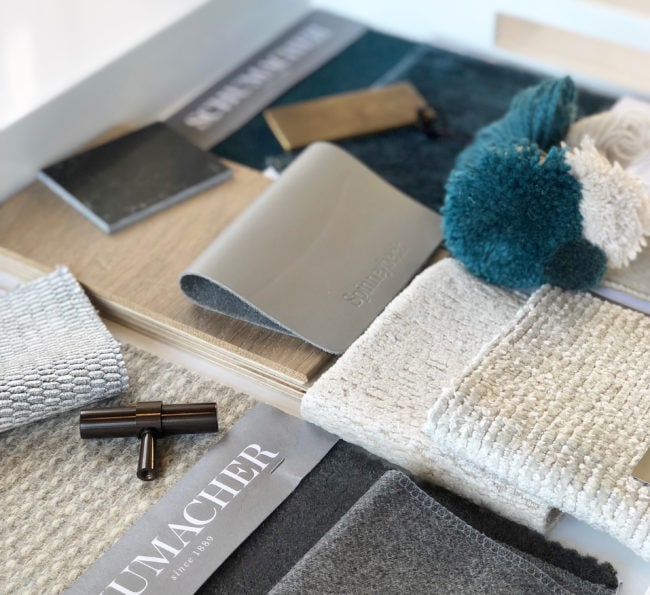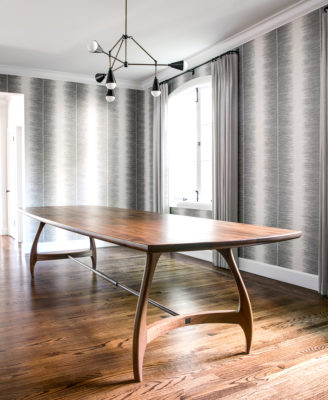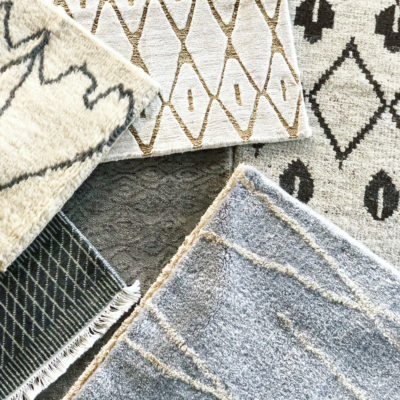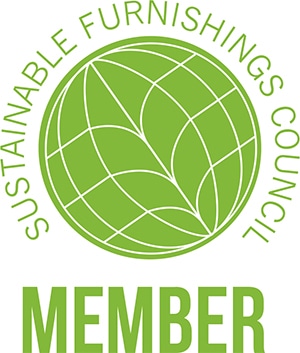Our Interior Designers are LEED Accredited Professionals passionate about designing healthy homes that use fewer resources and produce less waste.
Niche Interiors is proud to have earned the United States Green Building Council Health and Wellness badge, signifying expertise and leadership in promoting wellness in residential spaces.
Green Design Basics
LEED Accredited Designers
Most people have heard the terms “eco-friendly” or “green” interior design, but not everyone understands exactly what these phrases mean. As a team of LEED Accredited interior designers, eco-friendly design practices are important to us and integral to our design philosophy. Niche Interiors has put together the following guide to help you understand these terms and why you and your family might benefit from greener living.
Frequently Asked Questions
What is green or “eco-friendly” interior design?”
Green or eco-friendly interior design focuses on improving indoor air quality as well as reducing the impact that furniture purchases have on the environment.
How does it affect me?
The Environmental Protection Agency estimates that most Americans spend approximately 90% of their time indoors, where the concentrations of some pollutants are often two to five times higher than typical outdoor concentrations. Since so much of our time is spent indoors, it’s crucial that close attention is paid to the products that we bring into our homes.
Is Niche Interiors certified in sustainable, healthy interior design?
Yes! Niche Interiors specializes in sustainable, health-conscious design for homes throughout the San Francisco Bay Area and California. Principal designer Jennifer Jones is a LEED Accredited Professional (USGBC) and a Certified Green Building Professional (Build it Green), Senior Designer Lynn Trinh is a LEED Accredited Professional, and Senior Designer Anna Eways is a LEED Green Associate. Our interior designers use our expertise to improve your indoor air quality – educating and guiding you through the process of selecting safe furnishings and finishes for your home.
I’m concerned about the health of my children. Do you offer green design services for kids’ rooms?
Yes, we do! One of our specialties is creating healthy, non-toxic nurseries and kids’ spaces. There are a variety of ways to improve the indoor air quality in a child’s room – from removing PVC roller shades to purchasing non-toxic crib mattresses.
Green Materials 101
Volatile Organic Compound (VOC)
These are chemicals that off-gas into the air – some of which have harmful long-term health effects.

Upholstery
Skip the flame retardants, go organic. Standard upholstered goods are made from polyurethane foam (poly-foam) wrapped in dacron. Both materials are man-made and petroleum-based. They contain isocyanates and polyols that are highly flammable and can be treated with flame-retardant chemicals to reduce combustibility. The chemicals in these flame retardants have been linked to a wide range of health problems such as impaired fertility and IQ and developmental problems in children.
At Niche Interiors we design custom upholstered goods made with natural latex foam wrapped in organic wool. Natural latex is made from collected sap from rubber trees — it’s an organic byproduct that does not off-gas harmful toxins. We support local business and reduce our carbon footprint by using local San Francisco workrooms to build our custom, eco-friendly upholstery.
Learn More: Eco Friendly Upholstery
Wood Furniture
Opt for furniture made from solid wood such as walnut, teak, oak or maple. Wood furniture is typically held together by basic wood joinery techniques, ensuring a stronger bond and requiring less adhesives, which are the main culprits in harmful VOC emissions. Be sure to ask if the wood is sustainably harvested or Forest Stewardship Council (FSC) Certified, which is the gold standard for sustainable wood products.
Avoid furniture composed of MDF or particleboard, which is made from compressed shavings or sawdust held together by synthetic resins, binders and glues. One of the ingredients often found in these adhesives is formaldehyde, which can cause wheezing, nausea, and severe allergic reactions and is known to cause cancer in animals.

Rugs
Choose natural fibers such as wool, cotton, or jute over synthetics. Wool is naturally fire retardant unlike its artificial counterparts, which are prone to igniting more easily. Wool absorbs moisture and captures dust or pollen, thus reducing humidity and allergens in the air. The majority of rugs we specify for our San Francisco Bay Area interior design projects are either 100% wool or a wool and silk blend.
Synthetic rugs are often made from nylon, acetate, or polyester. These man-made fibers are highly flammable and are often treated with synthetic chemicals to reduce flammability, increasing the potency of toxins off-gassing into your home. If you are sensitive to chemicals or odors, off-gassing from newly installed synthetic rugs and carpets may cause headaches, dizziness, or nausea.
Learn More: Responsible RugsPaint
Choose zero-VOC or low-VOC paints. We like Benjamin Moore’s Eco Spec and Aura lines, which are available in a wide range of colors.




